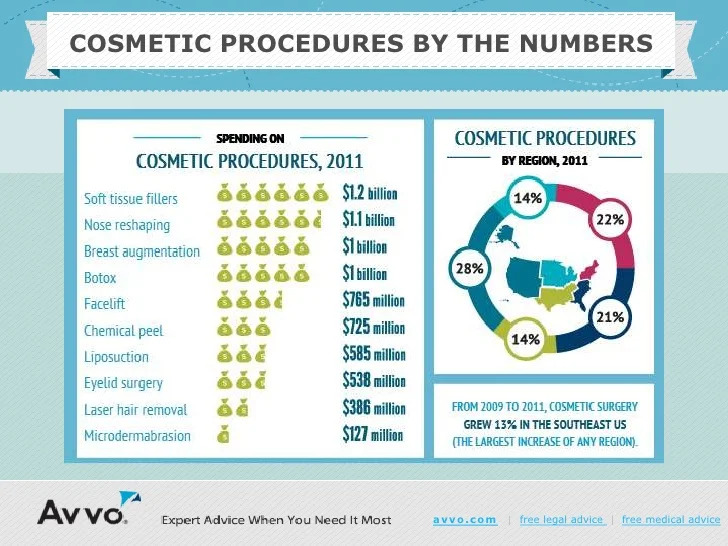In the hands of a qualified professional, laser resurfacing is a secure and efficient method to treat scarring, creases, sun damage, and various other flaws. Choose a practitioner based upon their experience, training and certifications rather than merely the cost or brand of laser system.
Nevertheless, it is necessary to recognize the pros and cons of this cosmetic procedure.
Cost
Laser resurfacing can help decrease the appearance of age spots and sun damage, leaving the skin with a much more even structure. It can likewise be utilized to treat scars and enlarged oil glands on the nose.
The expense of laser resurfacing varies commonly, depending upon the kind of treatment and the location. Clients ought to always ask for a comprehensive break down of the costs before agreeing to the procedure. In addition, many insurance service providers do not cover the procedure, but some may if it is deemed medically essential. In addition, funding alternatives are readily available with centers and medical credit cards such as CareCredit. These options can ease the burden of upfront expenditures, yet individuals must very carefully evaluate the payment terms before deciding on a strategy.
As a whole, laser resurfacing uses much better results than chemical peels and dermabrasion. However, it can not replace a renovation or neck lift. Furthermore, it is not an efficient treatment for loose skin, which calls for surgical procedure to tighten up.
Downtime
Although laser skin resurfacing can be an efficient treatment for wrinkles, acne scarring, and various other skin acnes, it needs significant downtime. However, the recuperation procedure is typically short and reasonably pain-free. The downtime is required because the laser disintegrate skin cells and boosts new growth. This causes smoother, tighter, and a lot more younger looking skin.
There are a number of laser resurfacing treatments readily available, and the best one for your certain requirements will rely on the sort of skin issue you wish to deal with. A competent skincare specialist will certainly be able to determine the type of laser that would certainly function best for you.
If you choose a nonablative laser, you can anticipate little or no downtime. You may experience redness and swelling for a couple of days, however this can be minimized by using moisturizing medical spa cream freely and taking ibuprofen as required. It is likewise essential to stay clear of unguarded sun direct exposure complying with a laser treatment.
Side effects
The success of laser resurfacing relies on a number of factors, consisting of a knowledgeable and educated person, a qualified physician and an appropriate postoperative recuperation program. Serious issues can happen.
Typical light adverse effects of laser skin resurfacing are inflammation, itching and crusting. You might likewise experience mild wounding and abrasions. If you have herpes simplex virus (HSV) and obtain a cold sore episode in the treatment location, your physician may recommend antiviral medication prior to and after your treatment session.
Akhavan compares the healing procedure to that of a paper cut, stating that it takes concerning a week for the injury to close up and for the cells to start producing brand-new cells. He encourages his patients to prevent harsh cleansers throughout recovery and rather use a mild, fragrance-free cleanser or sensitive skin formula. He likewise warns them to use sun block and reduce sunlight exposure. He recommends that clients obtain their treatments on a timetable so that they're not disrupted by a holiday or other event.
Safety and security
Laser resurfacing is a very risk-free treatment in the hands of a qualified and educated company. Nonetheless, in the hands of an inexperienced individual or a professional utilizing a crappy laser system, it can be uncomfortable and unsafe.
During laser therapy, the treatment team cleans the area and applies a numbing lotion. Then, the laser releases short, high-intensity beams that destroy harmed external layers of skin. The laser also warms underlying skin, stimulating collagen development to improve structure and suppleness.
The treatment can decrease great lines, age places and uneven complexion in most people. It can not treat deep marks and sagging skin, nevertheless.
One of the most common adverse effects of laser resurfacing consist of redness and swelling (erythema). Various other possible complications include hypopigmentation, skin eruptions and dermatitis, and herpes simplex or genital herpes break outs. Preventative measures for herpes simplex consist of antiviral medication, such as valacyclovir or acyclovir, starting 2 days prior to treatment and continuing up until 7 to 10 days after therapy.
